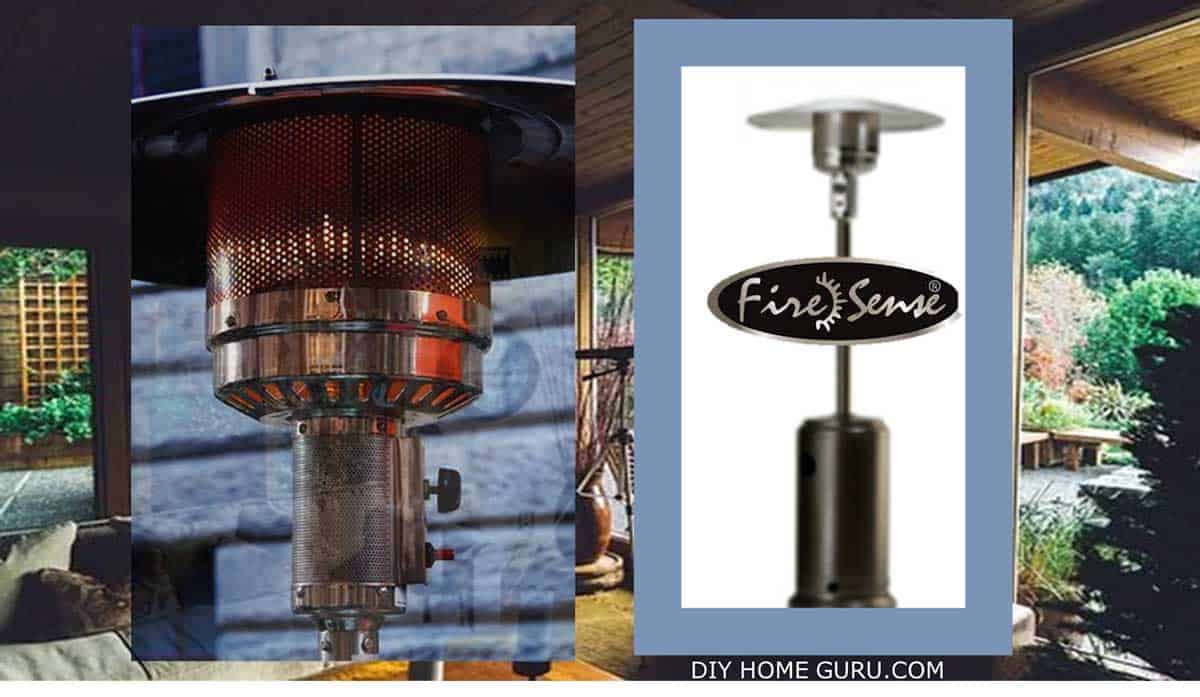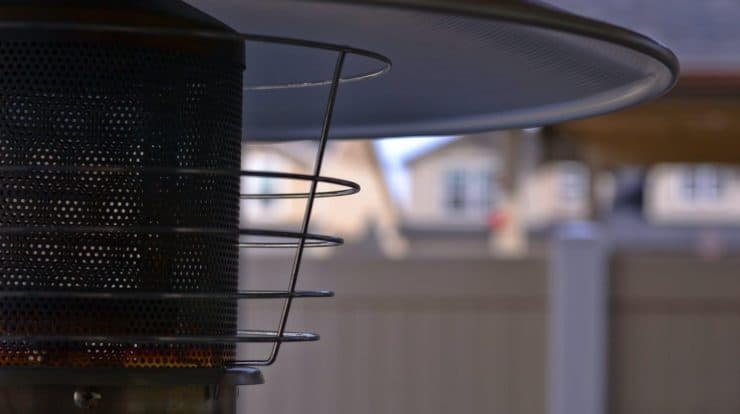Propane heaters are known to provide many benefits during the cold winter months. Carbon Monoxide is produced by the incomplete combustion of solid, liquid, and gaseous fuels.
However, properly functioning propane heaters usually have optimal combustion qualities while they are being operated; thus, eliminating the dangers of carbon monoxide.
Carbon monoxide (CO) poisoning can happen within a quick space of time. Oil, propane, natural gas-fired heating systems, and fireplaces all release carbon monoxide as they burn.
Carbon Monoxide and Propane
A properly functioning gas appliance produces little carbon monoxide while is not very harmful. A propane heater produces carbon monoxide if the combustion is incomplete when there is not enough oxygen present while burning.
Carbon Monoxide is responsible for almost 25% of prone related fatalities. This is mainly because certain appliances may not be properly adjusted. Carbon monoxide poisoning can lead to injuries as well as fatalities.
Propane Combustion Requirements
The three main things required for combustion re oxygen, fuel, and ignition. If any of these key ingredients are missing, combustion will not occur. Moreover, the ratios must also be accurate. For example, the ratio of oxygen to gas should be at an acceptable rate.
The ideal burn is about 4 parts propane and 96 parts air (1:24). This ratio is the most efficient one when propane heaters are being used. If you want to check whether the combustion is complete, you can look at the floor of the flame which should have a blue color.
Incomplete Combustion
As already mentioned, carbon monoxide is the result of incomplete combustion which is within the limits of flammability but either higher or lower than the ideal ratio. Incomplete propane combustion can occur in two ways:
Propane Lean Burn
A lean burn can be recognized when the flames tend to move away from the burner and can even go out.
Propane Rich Burn
You can easily recognize a propane rich burn if you notice that the flames are mostly yellow and are larger than usual.
If you notice any of the above signs while using a propane heater, you should take action immediately.
Some other signs of incomplete combustion include soot collection on the heaters window and the formation of excessive water vapors on the heaters window or any cool surfaces while the heater is on.
You need to ensure that your heater is fixed and adjusted properly if any of these signs are visible.
The Signs of Carbon Monoxide
Carbon monoxide is a deadly toxic gas which cannot be detected by smell and has the potential to kill living forms such as animals, plants, and even humans.
The best way to detect carbon monoxide is by having detectors installed in your home where the heater is placed. The following signs indicate that there is a substantial amount of carbon monoxide gas present in your home:
- If you feel any metallic taste in your mouth after exposure, it indicates that Aldehydes (a toxic gas) is present in the air which is highly dangerous.
- If you start to feel light-headed and dizzy or if you experience any sort of nausea and shortness of breath, it indicates that you need fresh air immediately and possibly some medical attention too.
- If you have plants in your home and you notice that they have died all of a sudden or are withering away, you might be having dangerous levels of carbon monoxide in your home.
Precautionary Measures While Using Propane Heaters
Incomplete combustion can occur if an appliance such as a heater is incorrectly installed, not maintained, or has been modified. The products of combustion can change and easily become dangerous to the people around. There are a few precautions which you must take if you are using propane heaters at your home.
Installation and Maintenance
Propane heaters should be installed and maintained correctly. This allows the gas to operate efficiently and quickly. The more maintained your heater is, the better it will heat the room.
Ventilation
Sometimes changes in the ventilation system of a room can cause incomplete combustion. For example, if you open the windows for some fresh air, it might cause the heater to malfunction and cause damage.
Malfunctioning
There are noticeable signs of malfunctioning. For example, you might notice soot smoke forming around the heaters window or you might notice unusual or poor performing flames. However, at times these indicators are not so obvious so make sure that you have your heater maintained occasionally to detect signs of malfunctioning.
Read Instructions
It is essential to read the manufacturer’s instructions before using the heater. Ideally, the manufacturer recommends getting it serviced every two years after installation to maintain good combustion and efficient operation.
Outdoor and Indoor Prone Heaters
Outdoor propane heaters are made for outdoor use only; therefore, they should not be used indoors. They have unlimited ventilation which is why they are not suited for the indoor environment as it can disrupt the ideal burning ratio and emit carbon monoxide.
Similarly, the same requirements are applicable to indoor heaters as well. You cannot place them outside as they will be exposed to more air which will cause a disruption in the ideal ratio.
Final Thoughts
If you use a propane heater correctly and get it serviced on a regular basis, then you don’t need to worry much about carbon monoxide causing any harm.
If you notice any of the signs mentioned here, you must take quick action to prevent any damage or injuries. Moreover, always make sure that you keep the burner clean and there is sufficient ventilation and it should be fine.




